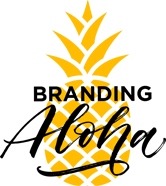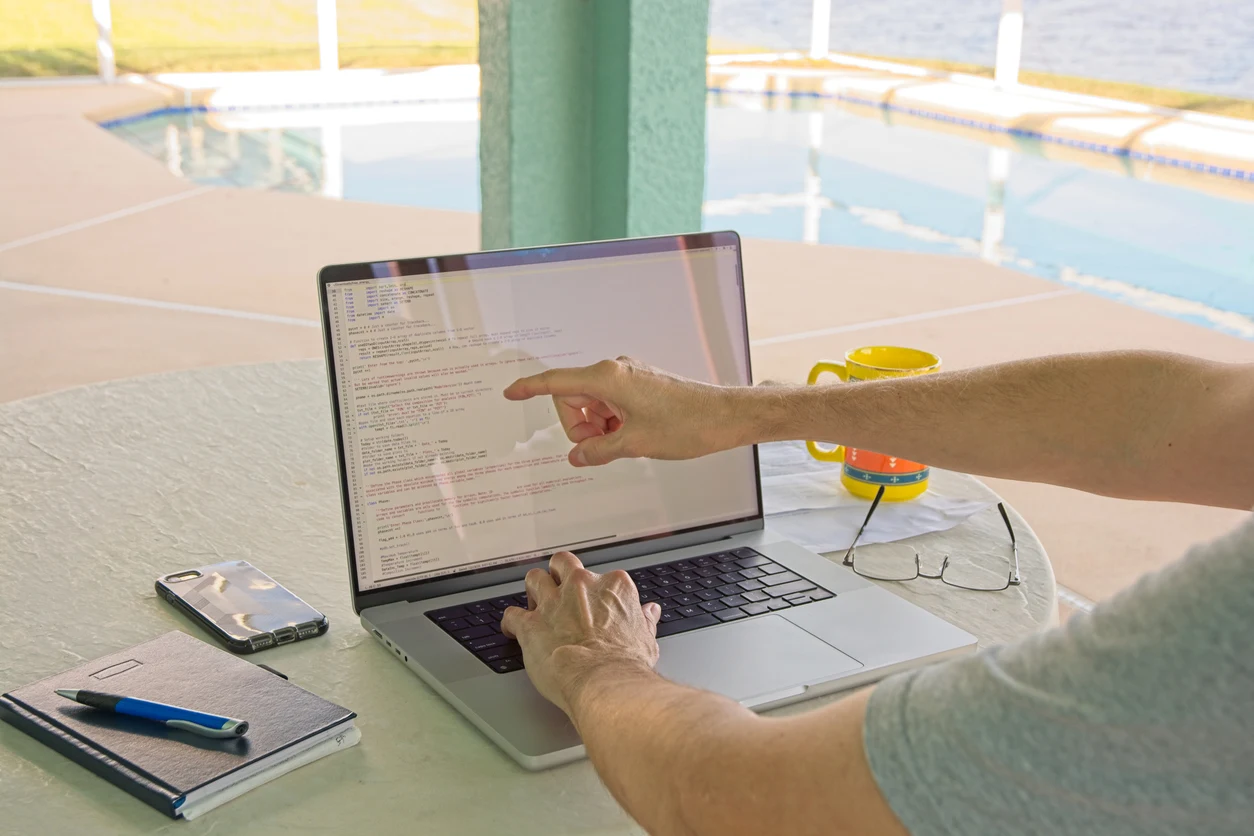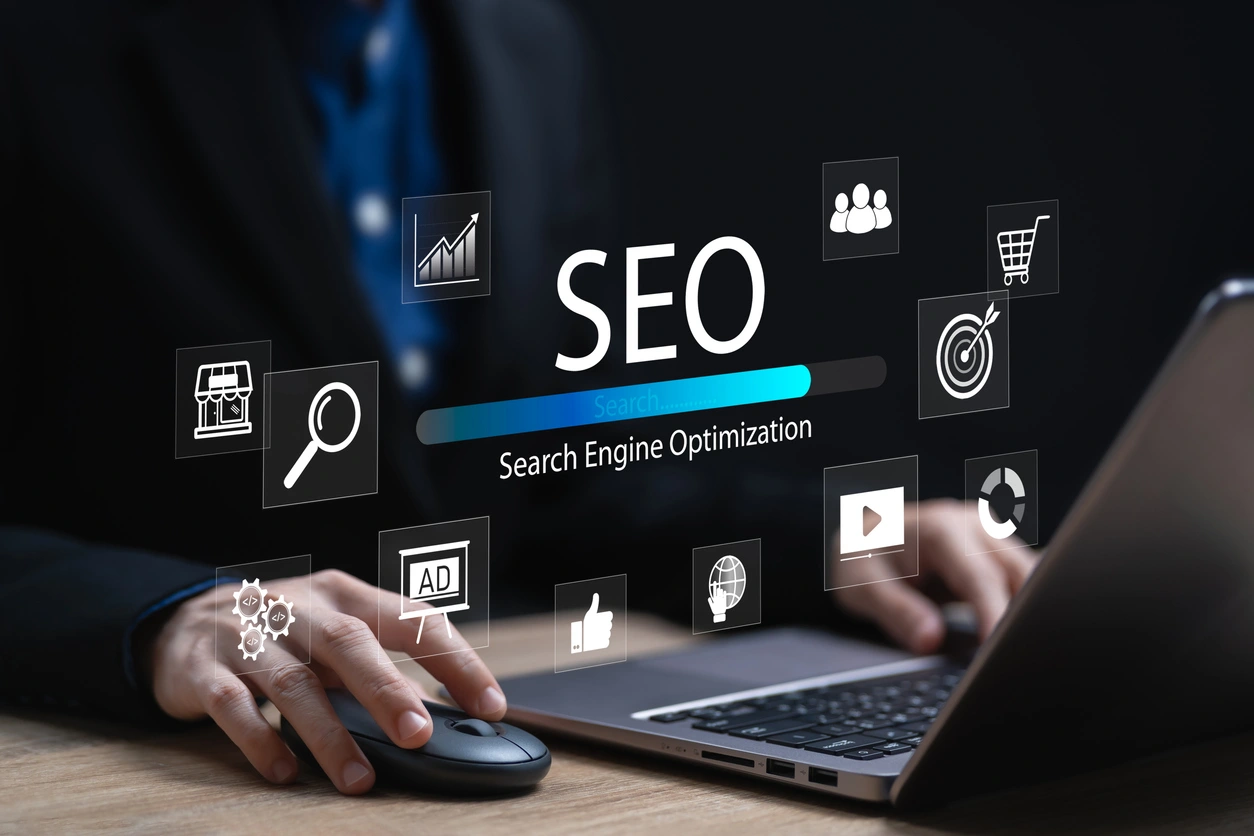Your website is more than just a web store — it’s your first impression, sales team and brand heartbeat all rolled into one. Whether you’re starting a new business, brand or are looking for an update, the right web designer can be the difference between success and failure. A great designer does more than form attractive pages; they breathe life into your imagined space on the web—plucking, and pinching words, colors, images and sounds until a visitor comes along to interact with them. But how do you sift through the sea of freelancers, agencies and “DIY” offerings to find the right person for your brand? Here’s how to find a Hawaii web designer who not only gets design — but gets you.
Know What You Want
Before working with a designer, know exactly what your website’s main job is. Is it to sell stuff? Or to get people interested in your business? Informational? This will impact everything from layout and function to budget.
Good website designers in Hawaii will ask about your audience, you will want to have thought about the look of the site, how you would like the site to evolve in the future, and your vision for the site branding look and functionality. The more you captured in your imagination for the conversation, the better the match. Early clarity improves project time, cost, hassle, and company.
Look Beyond Aesthetics
A nice‐looking website that does not load quickly, or convert is not a winning success. Good design is a combination of creativity and usability — color theory meets conversion strategy.
If you are reviewing a designer’s portfolio don’t stop at nice images. Ask yourself:
- Do the designs fit with each brand’s voice?
- Is navigation intuitive?
- How easy are pages to use on desktop and mobile?
- Could you imagine your brand flourishing in that type of environment?
The strongest designer think in terms of form and function. They not only make websites look good — they make them work well for actual human beings.

Assess Industry (Or Similar) Experience
Every field has its quirks. A restaurant site requires reservation functions and menu integration; an e-commerce brand homepage should download fast with mobile-first design; a med-spa or law firm just require trust and high local SEO ranking.
Even the best designer does best with a little context of your industry because he or she can anticipate the details you may not even think about. They’ll already understand what your customers expect and want, and how to tailor the experience for them.
But also don’t shy away from someone who has worked in both the fashion and the media worlds; often, new blood leads to new ideas.
Inquire About the Process, Not About the Price
It is tempting to inquire, “What does it cost?” right away. But, price is secondary to the process. A qualified designer or agency will take you through these necessary process steps: discovery, wireframes, design mockups, revisions, testing, and afterward, launch.
If they cannot explain their process, or it sounds vague (“So we just design you something you like”), that is a red flag. You need clarity. Transparency builds trust. You should always go into the next phase of your project clear on what the state of your project is, what is going to happen next, and when.
The Importance of Communication
You and your designer will take weeks- even months- to have the discussions. questions, comments, and ideas will be shared back and forth. It is important to have a person who listens, communicates, and answers you almost immediately. Good communication between the designer and you means that the designer uses words that you understand and involves you in conversation.
Just check their answer to your first question. Were they interested? Did they ask interesting questions? Were they explaining things in an easy manner for you to understand,, or were they just using some jargon to make the conversation sound more impressive, but without giving you any real information? How the designer talks with you at the first two or three meetings will tell you quite a lot how the rest of the job will be.
Ask for Real Results
A handsome portfolio is terrific — but data talks the loudest. Have designers tell us about the impact of their work:
- Did site traffic increase?
- Did conversions or sales improve?
- Did bounce rates go down?
- What changes did the redesign have on SEO?
A confident designer can talk to you about performance, not just pixels. Even minor achievements, like an increase in engagement time or lead form submissions, reveal a great deal about their capabilities.
Never undervalue the importance of SEO and mobile optimization of your website.
Over 70% of web visits will be done through mobile devices in 2025. It you’re not easily useable on a phone, you are essentially invisible to the majority of your audience. A web designers in Hawaii understands this. They’ll QA your site on various devices to make sure it looks the same everywhere.
They’ll also construct with SEO in mind — clean code, fast load times, image optimization, and meta structure that guides search engines to find and rank your site. When the design and SEO are not separate, your business will grow naturally.
Read Reviews and Check References
What a portfolio can’t tell you the previous client can. Did they meet deadlines? Were they open to feedback? Was what you ended up with worth the expense?
Get references, or check out Google or Clutch reviews if they work at an agency. Real feedback tells you if they’re good and if you can trust them. Think long-term, not just about one project.

Instead of a One-Time Event, Focus on the Future
The best web designers Hawaii won’t hand you a product and say, “thank you, bye” — they have maintenance programs, analytics, support. Websites need care — updates, new pages, plugins updated, security patches.
As you design a designer, pursue someone who is looking to partner with you, not just complete a project. Things change in the web world fast. A pro who knows your site inside and out can save you time (and headaches) in the future.
It’s More Personal Than You Think
This point can go by undetected but is an important piece.Your web designer should be someone you can work with. They may have a crazy portfolio, but it won’t work if you don’t get along or can’t stand talking to them. Go with what feels right.
Trust your gut. Choose someone who appreciates your ideas while pushing you in a smart way, and will make the collaborative process enjoyable. When you are in sync, you get fantastic design.
Conclusion
Selecting the right web designer is not about hiring whoever offers you to lowest price or the most interesting pitch. It’s finding someone who gets your vision, your audience and your business goals — and can bring them to life in a living space online.
Your website is your 24/7 representation of you and your business when we’re not having a meeting or talking on the phone. It should be “crafted rather than rushed,” cared for and managed by the expert, he said.
So give yourself time, ask the right questions and look for a fit, not just nice looks. Because when you pick the right designer, it’s not just a website that you’re building — it is actually the digital foundation of your brand future.






